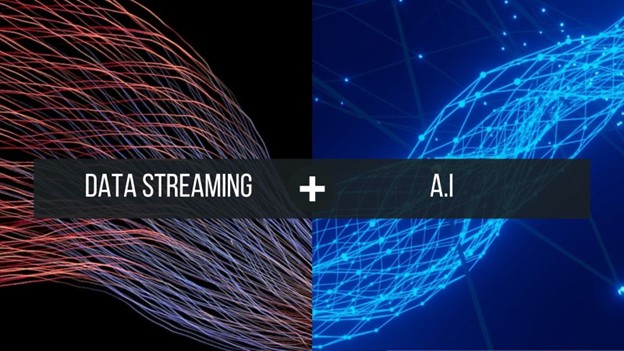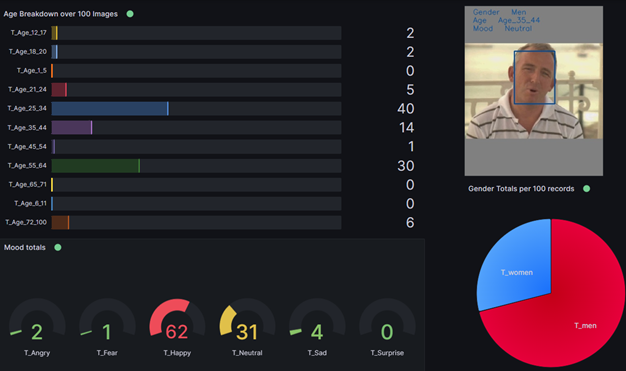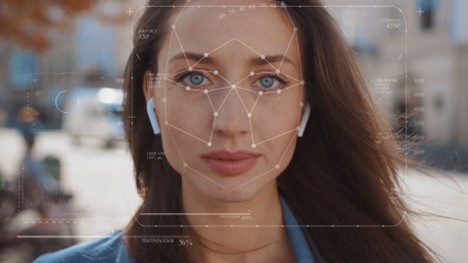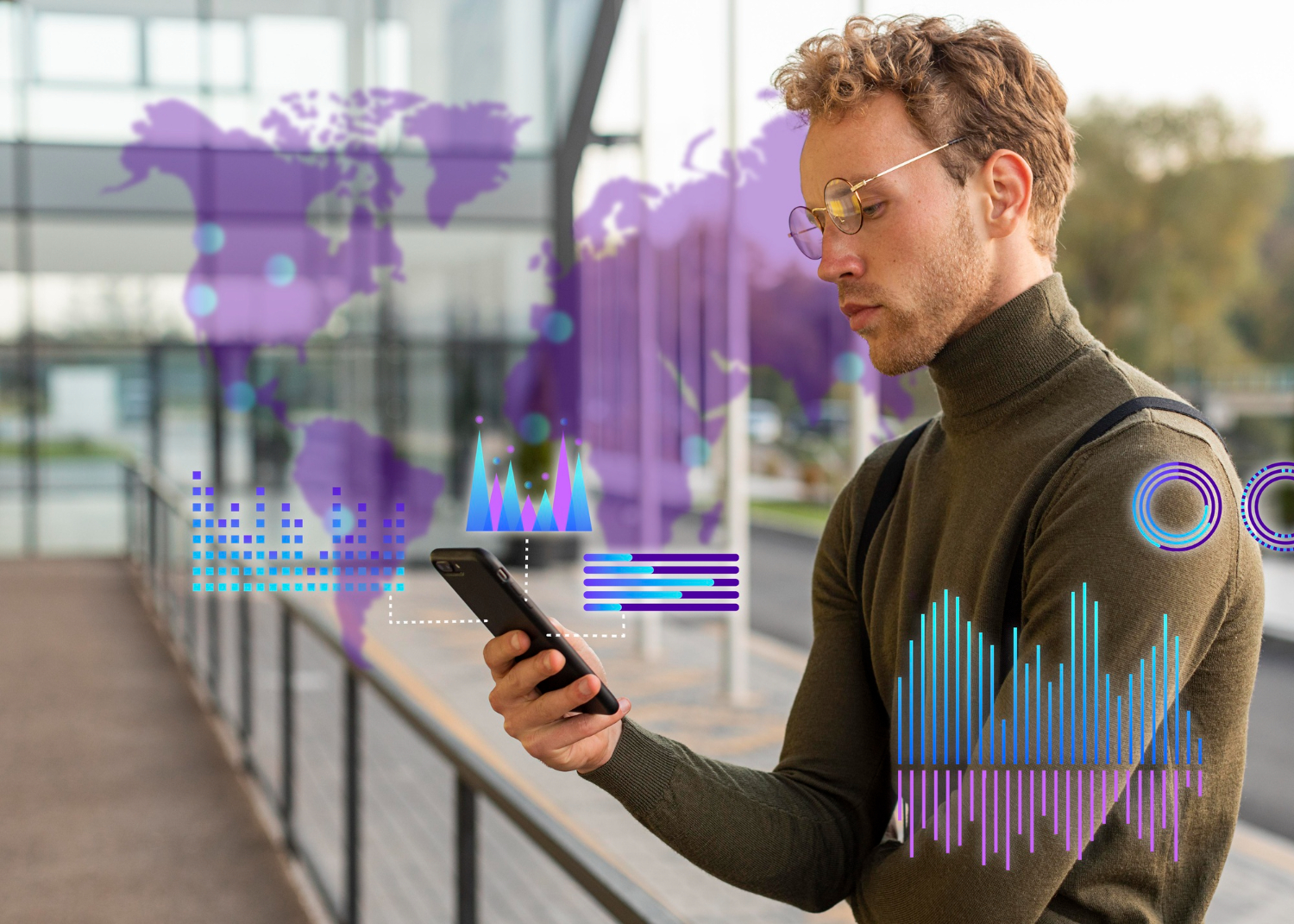Introduction
The rapid rise of Generative AI is fundamentally transforming industries by automating content creation, improving customer interactions, and streamlining design processes. As modern applications demand instant insights and seamless user experiences, the need for real-time streaming has become critical, enabling businesses to process and act on data as it is generated. Key technologies such as Computer Vision (CV), Generative Artificial Intelligence (AI), GPU acceleration, and IoT edge computing have emerged as critical enablers of these real-time, AI-driven solutions. CV allows machines to interpret visual data on the fly, while GPU acceleration ensures that the high computational needs for complex AI models are met through parallel processing. Meanwhile, IoT edge computing brings processing closer to the data source, reducing latency and supporting rapid decision-making. Integrating Machine Learning Models (ML) into these workflows is vital for efficient data processing, as it allows organisations to automate analysis, extract actionable insights instantly, and respond proactively to emerging trends or threats.

Understanding Real-Time Streaming for Generative AI
Real-time streaming refers to the continuous flow and processing of data as soon as it is generated, enabling immediate analysis and action to extract meaning and insight without delay (Amazon Web Services Inc., 2025). Unlike traditional batch processing, which handles data at set intervals, real-time streaming instantly ingests and processes information, making it possible to respond to events as they occur. In the context of Generative AI applications, it allows for the generation, evaluation, and refinement of content, such as images, videos, text, or audio, in direct response to live input or changing data streams. This ensures low latency, dynamic adaptation, and seamless user experiences, making real-time streaming a critical component for AI-driven interactive applications that require fast, accurate, and context-aware content creation.
Real-Time Data Processing in High-Impact Domains
Let us take a look at some key domains where real-time streaming and Generative AI tools make a perfect combo.
Image Generation
Generative AI models use, among others, Generative Adversarial Networks (GANs), Variational Autoencoders (VAEs) and diffusion models to create or modify images on the fly in response to user prompts or live video feeds. A practice used during the training process of the ML and Deep Learning (DL) models is data augmentation, where different variations of images) are generated to create a more complete or balanced dataset. For example, during the COVID-19 pandemic, real-time image generation was used to synthesise medical imaging datasets, supporting faster diagnostics and research, a practice that had been already thoroughly used and is still relevant (Ishwarya et al., 2023). Additionally, real-time streaming supports the generation and analysis of diagnostic images, allowing physicians to receive instant feedback during procedures or when reviewing scans. This accelerates decision-making and can improve patient outcomes.

Fraud Detection
Financial institutions use real-time streaming to monitor transactions and detect fraudulent activity within seconds, preventing losses before they occur. A simple example is the Know Your Client (KYC) protocol. KYC has been adopted by many platforms of financial character (trading, investing, banking) during the sign-up phase, where the user needs to upload their documents, followed by a live face scan according to the instructions on their screen, or follow a short ‘interview’. The information is then checked in real time. In this way, the platform knows with whom it is dealing, with the highest level of security.

Read more: Case Study - Fraud Detector Audit (Under NDA)
Live Video and Audio Streaming
Content creation professionals increasingly use live streaming services to promote their brand or image, engage with audiences in real time, and build stronger connections. Since many of these platforms do not restrict access to users under 18 years of age, it is crucial to ensure that all streamed content is appropriate and safe for viewers of all ages. Real-time data processing powered by AI models plays a vital role in this process by continuously monitoring live streams to detect and filter out any harmful, explicit, or inappropriate material. These AI systems analyse video, audio, and chat content on the fly, identifying potential violations such as violence, offensive language, or adult themes, and either flagging them for human review or automatically blocking them to maintain a safe viewing environment. This immediate moderation helps protect younger audiences from exposure to inappropriate content while ensuring compliance with the terms of such streaming platforms.
The Technical Infrastructure
The technical backbone of real-time streaming is built on several key components. First of all, most real-time streaming solutions rely on a hosting platform, yet these platforms rely on technologies like Apache Kafka or Amazon Kinesis. Such platforms offer collection and processing as data flows, enabling analytics in real time, an essential part of extracting insights and triggering actions. Using IoT Edge Computing, the data can be processed close to its source. Having data processed locally instead of remote cloud servers means that the data travel distance is minimal. This gives us the following advantages: bottleneck avoidance and minimal latency. Lastly, for applications involving video or audio, the architecture typically includes modules to handle protocol conversions and buffering, segmentation, and distribution to end users. Tools like OBS and mobile SDKs enable client-side capture, while back-end systems manage delivery and playback (Tencent RTC, 2024).

Integration with CV and Generative AI amplifies the capabilities of IoT Edge Computing. Computer Vision models like YOLO run on edge devices to detect objects in live video streams for security or retail analytics, while generative AI synthesises data (e.g., synthetic medical images) directly on-site. Optimised neural networks, pruned for edge deployment, enable autonomous decision-making, such as adjusting traffic signals based on real-time congestion analysis or generating personalised content in smart homes. This synergy creates systems that process, analyse, and act on data in a self-sufficient way.
Computer Vision X Real-Time Streaming
Computer Vision is widely used for real-time image analysis by processing continuous video streams frame-by-frame to detect, classify, and track objects or activities instantly. Applications range from inventory management and security surveillance to autonomous vehicles and traffic monitoring. But even in retail, there are CV models that can be deployed to analyse customer movement and demographics to optimise store layouts and personalise experiences (SAS Software, 2025). Specifically for live object detection, Deep Neural Networks (DNNs) and especially Deep Convolutional Neural Networks (CNNs) are particularly useful. These models run on GPU-accelerated or IoT Edge Computing platforms to minimise latency, allowing simultaneous detection and tracking of multiple objects.

Read more: Exploring the Potential of Generative AI Across Industries
GPU Acceleration in Real-Time AI Data Processing
As we have already mentioned in previous articles, GPU acceleration is superior to CPU because of its parallel processing capabilities. Unlike traditional CPUs that handle tasks sequentially, GPUs can process thousands of operations simultaneously, drastically reducing latency. As a matter of fact, GPUs can process massive datasets and complex neural networks 7000 times faster than CPUs. This acceleration allows streaming platforms to handle high-resolution video encoding, decoding, and AI inference in real time, ensuring smooth, low-latency user experiences even under heavy workloads.
To give you some context, your favourite text based AI assistant, which is based on Large Language Models (LLMs) and Natural Language Processing (NLP) requires intensive matrix computations and parallelism, which GPUs are designed to handle excellently. As you might understand, AI real-time streaming demands no less, so GPU acceleration is the perfect candidate for anything related to real-time interactive features and live audio/video enhancements.
Challenges
We have discussed the power of Generative AI in many of our articles. However, as someone said, ‘with great power comes great responsibility’. Let us briefly look at two of the main concerns that we believe will interest you.
Deepfake
Although Generative AI has been used in the film industry to reincarnate or rejuvenate actors in films, make impressions in satirical shows, or during the transmission of news using AI news anchors, there are plenty of instances of malpractice in lifelike video generation. Examples include the impersonation of third parties for malicious purposes such as identity theft, demonstration of fake explicit materials, the spread of fake news or financial frauds. These acts take advantage of servers that have no supervision, potentially exposing individuals to threats.

Synthetic Data Generation
Earlier, we talked about how useful synthetic data generation is in research, yet it needs great caution not to overdo it. Real-time streaming pipelines now synthesise training datasets on the fly, addressing scarcity in edge cases (e.g., rare medical conditions) while reducing reliance on sensitive datasets. Furthermore, in case of model updates, using streaming data can cause poor performance in edge cases. To counteract that, fine-tuning techniques such as regularisation and federated learning are being tested (Jeffrey Erickson, 2025).
Read more: How Generative AI and Robotics Collaborate for Innovation?
What We Offer
At TechnoLynx, we like to be ahead of our time; that is why we can offer custom solutions for each project individually. We understand the high-level of tech solutions that everyone seeks, including real-time steaming. Our task is to provide cutting-edge solutions, ensuring safety in human-machine interactions, while managing and analysing large data sets and addressing ethical considerations.
We offer precise software solutions that empower many fields and industries using innovative algorithms that adapt to the constantly evolving AI landscape. Our solutions are designed to increase productivity and efficiency while at the same time reducing costs. Make sure to contact us to share your ideas. We are always excited about new projects!
List of References
-
Amazon Web Services Inc. (2025) – What is Real-Time Data Streaming?, Amazon (Accessed: 10 May 2025).
-
Confluent (2023) – Data Streaming and AI are Better When They’re Together, Confluent (Accessed: 11 May 2025).
-
Freepik. Representation of user experience and interface design on smartphone, Freepik
-
Humphreys, L. (2020) – RADLogics Expands Deployment of its AI-Powered Solution to Support Chest Imaging for COVID-19 Patients, Radlogics.
-
Intel (2022) – Intel and Intel Labs Develop New AI Methods to Restore Trust in Media, Intel (Accessed: 11 May 2025).
-
Ishwarya, K. et al. (2023) – COVID 19: Data Augmentation and Image Preprocessing Technique, in 2023 6th International Conference on Recent Trends in Advance Computing (ICRTAC), pp. 453–463. Available at: https://doi.org/10.1109/ICRTAC59277.2023.10480797.
-
Jeffrey Erickson (2025) – Unleash the power of pretrained AI models with fine-tuning, Oracle (Accessed: 11 May 2025).
-
Prathiksha Shetty (2024) – Automated KYC Verification with AI, AryaAI (Accessed: 11 May 2025).
-
SAS Software (2025) – IoT Demographic Image Analysis, SAS Software (Accessed: 10 May 2025).
-
Tencent RTC (2024) – The Architecture of Modern Live Streaming Services, TRTC (Accessed: 10 May 2025).
-
Xomnia (2025) – Home Xomnia - We make AI work, 18 March. Xomnia (Accessed: 11 May 2025).













